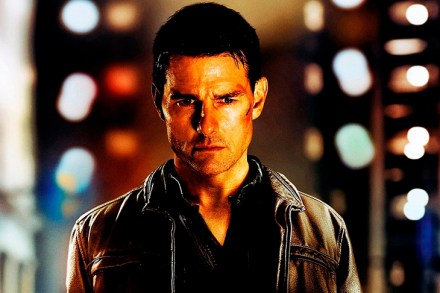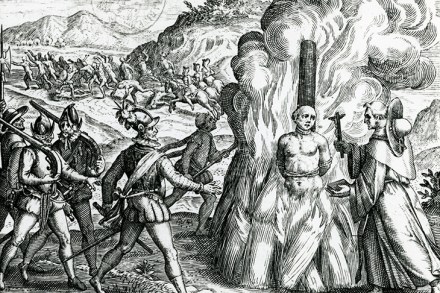A Jack Reacher travesty: The Sentinel, by Lee Child and Andrew Child, reviewed
So upsetting it would have been, for those of us who rate Lee Child’s Jack Reacher thrillers so highly, if handing them over to another author had made no discernible difference in quality. After all, we value Child as a writer, not as a production line. So here’s the good news: it makes all the




















